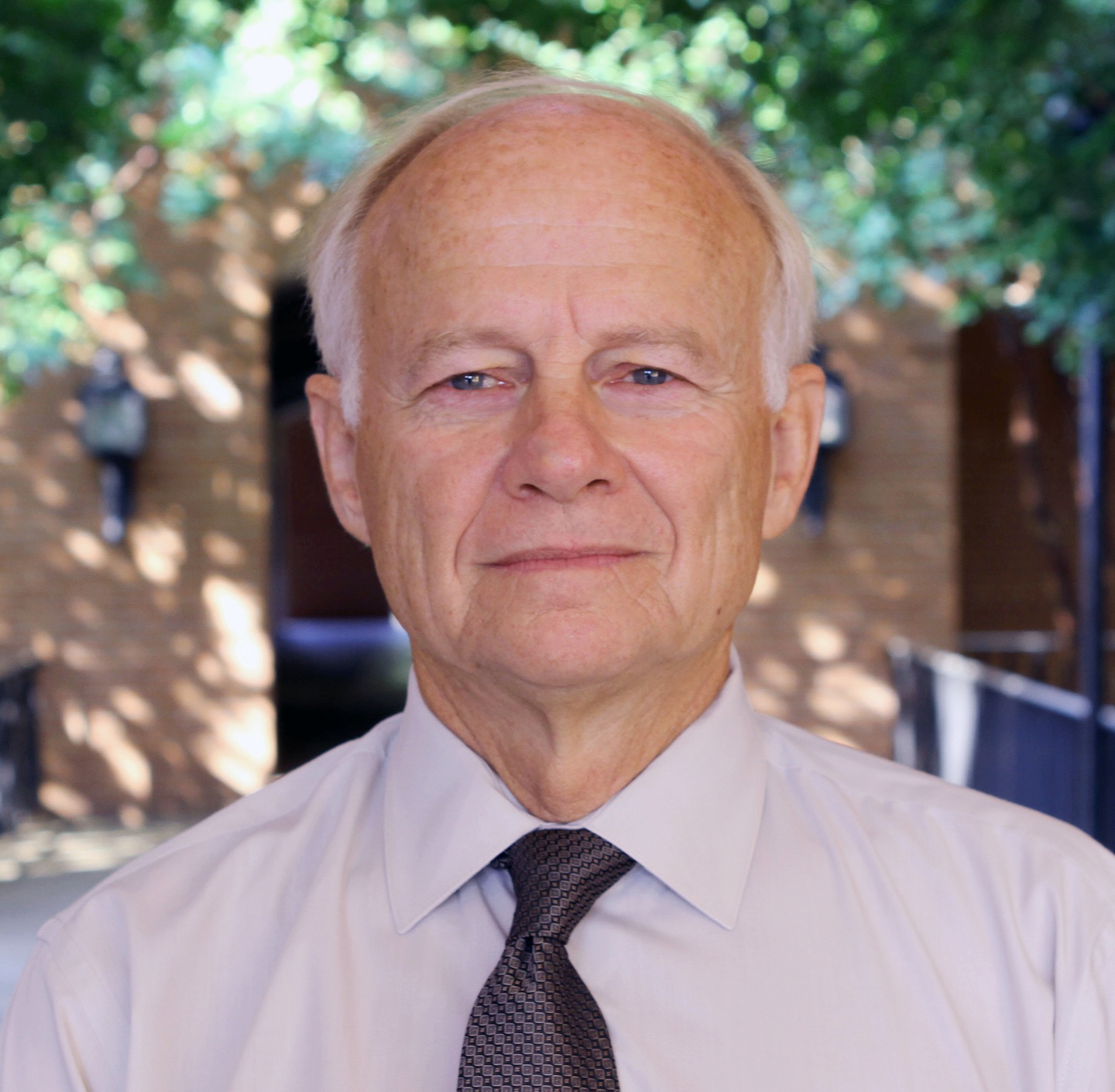Baylor Geoscientist Among Researchers in Comprehensive Study on the Relationship Between Climate and CO2
Lee Nordt, Ph.D., professor of geosciences and dean of the College of Arts & Sciences at Baylor University, participated in a historic, comprehensive study on the relationship between climate and CO2.

Lee Nordt, Ph.D., Dean of the College of Arts & Sciences at Baylor University (photo credit: Baylor University)
WACO, Texas (Dec. 12, 2023) – Lee Nordt, Ph.D., professor of geosciences and dean of the College of Arts & Sciences at Baylor University, participated in a historic, comprehensive study on the relationship between climate and CO2, the results of which were published Dec. 7 in the journal Science.
The Cenozoic CO2 Proxy Integration Project Consortium, an international group of more than 80 scientists from 16 countries, worked for more than seven years to evaluate, categorize and integrate climate data to create a CO2 record of the planet that spans the past 66 million years. It is the most comprehensive review of global climate and carbon changes to date, putting present-day concentrations into context with deep time.
“A solid understanding of atmospheric CO2 variation through geological time is…essential to deciphering and learning from other features of Earth’s history. Changes in atmospheric CO2 and climate are suspected to have caused mass extinctions but also evolutionary innovations,” the authors wrote in their study. “During the Cenozoic, long-term declines in CO2 and associated climate cooling have been proposed as the drivers of changing plant physiology (e.g., carbon-concentrating mechanisms), species competition and dominance, and, relatedly, mammalian evolution. A more refined understanding of past trends in CO2 is therefore central to understanding how modern species and ecosystems arose and may fare in the future.”
The research, Nordt said, is a next-generation effort at quantifying atmospheric CO2 concentrations (pCO2) through proxy records during the Cenozoic, an era that began with the extinction of dinosaurs and the evolution of mammals, including during the initial formation of ice sheets on Antarctica 34 million years ago.
Scientists use paleoproxy records to understand the relationship between climate and atmospheric carbon dioxide. Paleoproxy data can be tree rings, ice cores, fossil pollen or ocean sediments – anything that records historical climate data.
“This paper tracks the pCO2 at the initial formation of the Antarctic ice sheets and eventually the ice sheets in North America during the last ice age,” Nordt said. “Another finding is that the earth-climate sensitivity of global mean temperature to pCO2 was greater than expected, suggesting that melting of ice sheets could occur more rapidly than previously thought in response to rising CO2 concentrations.”
The new study does not radically revise the generally accepted relationship between CO2 and temperature, but it does strengthen the understanding of certain time periods and refines measurements of others.
Bärbel Hönisch, a geochemist at Columbia University’s Lamont-Doherty Earth Observatory, who coordinated the consortium, noted that the study “gives us a much more robust idea of how sensitive the climate is over long-time scales.” The project’s data are available in an open database and will be updated on a rolling basis, which will be helpful to climate modelers, who will be trying to predict what will happen in coming decades, she said.
The consortium has expanded into a larger project that hopes to map out how CO2 and climate have changed over the entire Phanerozoic eon, from 540 million years ago to present.
ABOUT LEE NORDT, Ph.D.
Lee C. Nordt, Ph.D., joined Baylor University geology (now geosciences) faculty from Texas A&M in 1996 and was appointed dean of Baylor’s College of Arts & Sciences in 2007. As Dean, he leads a diverse academic division housing 25 departments and seven academic centers ranging from science, the humanities, fine arts and more. An active researcher, Nordt’s areas of research include paleoclimatology, pedology (soil science) and paleopedology (soils of past geological ages), quantitative geomorphology/Quaternary environments, geoarcheology and more. His research has been published in the journals Science, Geology, Quaternary Research, Journal of Sedimentary Research, Geological Society of America Bulletin, Geoderma and more. His research has been cited more than 4,300 times.
ABOUT BAYLOR UNIVERSITY
Baylor University is a private Christian University and a nationally ranked Research 1 institution. The University provides a vibrant campus community for more than 20,000 students by blending interdisciplinary research with an international reputation for educational excellence and a faculty commitment to teaching and scholarship. Chartered in 1845 by the Republic of Texas through the efforts of Baptist pioneers, Baylor is the oldest continually operating University in Texas. Located in Waco, Baylor welcomes students from all 50 states and more than 100 countries to study a broad range of degrees among its 12 nationally recognized academic divisions.
ABOUT THE COLLEGE OF ARTS & SCIENCES AT BAYLOR UNIVERSITY
The College of Arts & Sciences is Baylor University’s largest academic division, consisting of 25 academic departments in the sciences, humanities, fine arts and social sciences, as well as 11 academic centers and institutes. The more than 5,000 courses taught in the College span topics from art and theatre to religion, philosophy, sociology and the natural sciences. The College’s undergraduate Unified Core Curriculum, which routinely receives top grades in national assessments, emphasizes a liberal education characterized by critical thinking, communication, civic engagement and Christian commitment. Arts & Sciences faculty conduct research around the world, and research on the undergraduate and graduate level is prevalent throughout all disciplines. Visit the College of Arts & Sciences website.